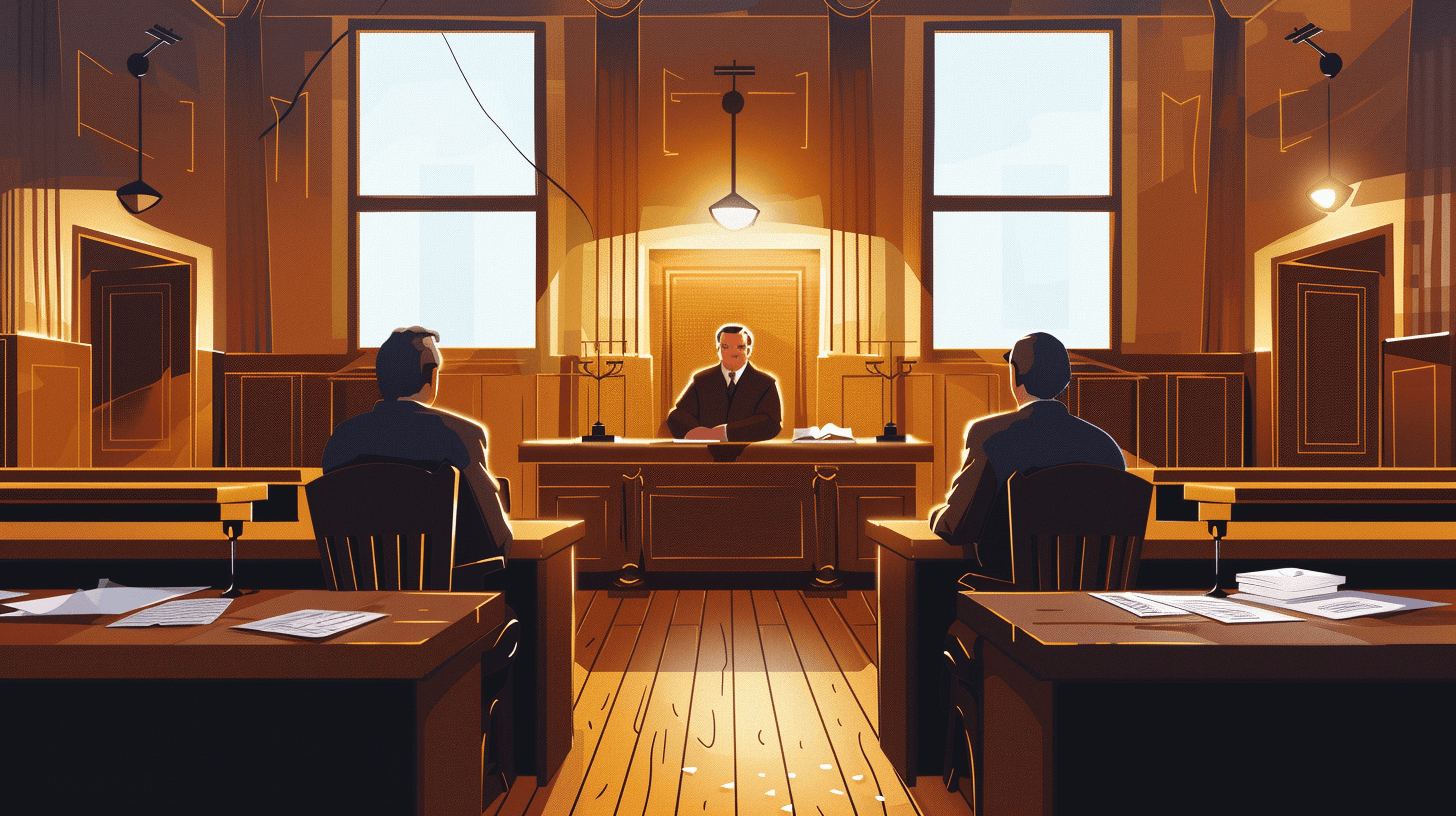September 18, 2025

Small claims court offers individuals a way to resolve disputes quickly, affordably, and without the formality of higher courts. Designed primarily for cases involving lower monetary amounts, small claims courts are accessible to people who may not have the resources for lengthy litigation. Despite its simplified structure, the legal side of a small claims court case is critical. Parties must still understand rules, procedures, evidence requirements, and potential outcomes. This article explores the legal framework of small claims court, the steps involved, and its connection to the broader justice system.
1. What is Small Claims Court?
Small claims court is a specialized court with jurisdiction over cases involving limited dollar amounts, usually between $2,500 and $25,000, depending on the state. These courts handle disputes such as unpaid debts, property damage, landlord-tenant issues, and breach of contract claims.
Small claims cases are meant to be simpler and more efficient than traditional trials, but legal rights and responsibilities still play a major role. For comparison, see The Legal Side of a Trial and The Legal Side of an Appeal.
2. Jurisdiction and Legal Limits
Each state sets its monetary limit for small claims court. Claims above that limit must be filed in higher courts. Some states also restrict the types of cases that can be heard, excluding divorce, guardianship, or defamation matters.
Jurisdictional rules are as important here as in The Legal Side of a Warrant and The Legal Side of a Grand Jury.
3. Who Can File a Small Claims Case?
In most jurisdictions, parties represent themselves without attorneys, though some states allow or require legal representation. This accessibility makes it comparable to simplified procedures in The Legal Side of a Mediation Case.
4. Filing a Small Claims Case
a. Filing the Complaint:
The plaintiff files a claim form with the court clerk, outlining the dispute and amount sought.
b. Serving the Defendant:
The defendant must be properly notified through service of process.
c. Court Date:
The court assigns a hearing date, usually within a few weeks or months.
This streamlined filing resembles simplified procedures in The Legal Side of a Restraining Order.
5. Preparing for the Hearing
Preparation is essential. Parties should gather:
This process mirrors evidence gathering seen in The Legal Side of a Search and Seizure.
6. The Small Claims Hearing
At the hearing:
The hearing resembles a trial but on a smaller scale, much like The Legal Side of a Trial.
7. The Judgment
After hearing both sides, the judge issues a judgment. The judgment may:
The binding nature of judgments mirrors outcomes in The Legal Side of a Verdict.
8. Collecting the Judgment
Winning a judgment doesn’t always mean immediate payment. Plaintiffs may need to:
This step shows the importance of enforceability, as seen in How to Enforce a Child Support Order.
9. Appeals in Small Claims Cases
Not all small claims cases are appealable, and rules vary by state. Where appeals are allowed, they often involve:
For more, see The Legal Side of an Appeal.
10. Advantages of Small Claims Court
These advantages echo the accessibility of Settlement vs. Trial: Which is Right for Your Injury Case?.
11. Disadvantages of Small Claims Court
This finality resembles the binding nature of The Legal Side of an Arbitration Case.
Conclusion
The legal side of a small claims court case shows that while the process is simplified, it still requires an understanding of legal rights, evidence rules, and enforcement procedures. By knowing the steps and limitations, individuals and businesses can use small claims court effectively as part of the broader justice system.
Further Reading Across the Series:
Stay up to date with the latest tips, expert insights, product reviews, and step-by-step guides to help you grow, create, and succeed—no matter your industry or passion.